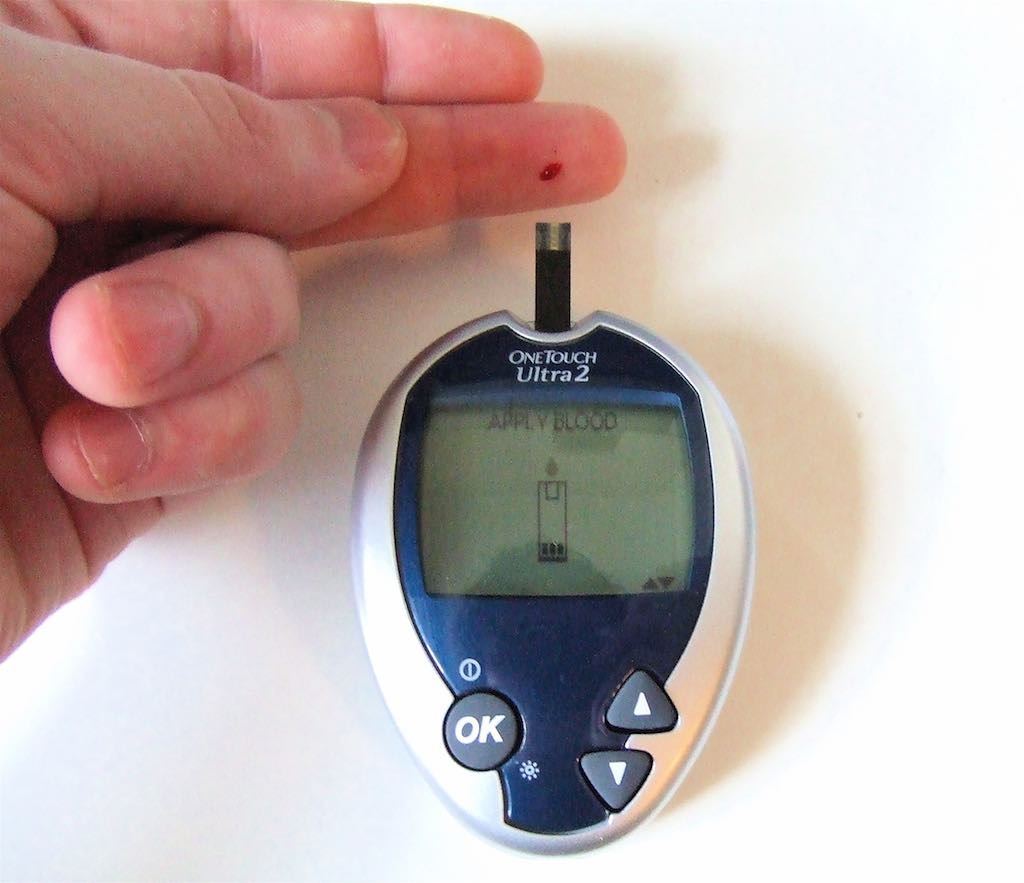The A1C test gives you a picture of your average blood glucose (blood sugar) control for the past 2 to 3 months. The results give you a good idea of how well your diabetes treatment plan is working.
In some ways, the A1C test is like a baseball player’s season batting average, it tells you about a person’s overall success. Neither a single day’s blood test results nor a single game’s batting record gives the same big picture.
These are some ways the A1C test can help you manage your diabetes:
- Confirm self-testing results or blood test results by the doctor.
- Judge whether a treatment plan is working.
- Show you how healthy choices can make a difference in diabetes control.
How Does it Work?
Hemoglobin, a protein that links up with sugars such as glucose, is found inside red blood cells. Its job is to carry oxygen from the lungs to all the cells of the body. Glucose enters your red blood cells and links up (or glycates) with molecules of hemoglobin. The more glucose in your blood, the more hemoglobin gets glycated. By measuring the percentage of A1C in the blood, you get an overview of your average blood glucose control for the past few months. Your doctor should measure your A1C level at least twice a year.
What is eAG?
Your health care provider may report your A1C test result as eAG, or “average glucose,” which directly correlates to your A1C. eAG may help you understand your A1C value because eAG is a unit similar to what you see regularly through self-monitoring on your meter. A1C is reported as a percent (7% for example) and eAG uses the same units (mg/dl) as your glucose meters.
What’s Your Number?
The American Diabetes Association suggests an A1C of 7%, which is an eAG of 154 mg/dl, but a more or less stringent glycemic goals may be appropriate for each individual.
What is the Difference Between eAG and the Average on My Monitor?
However, eAG is not the same average glucose level as the average of your readings on your meter. Because people with diabetes are more likely to check their blood glucose more often when they are low (for example, first thing in the morning and before meals), the average of the readings on their meter is likely to be lower than their eAG.
Monitoring measures your blood glucose at a moment in time, whereas eAG/A1C represent an average of your glucose levels 24 hours a day, including times when people are less likely to check their blood glucose (for example, post-meal periods of higher blood glucose).
http://www.diabetes.org/living-with-diabetes/treatment-and-care/blood-glucose-control/a1c/

